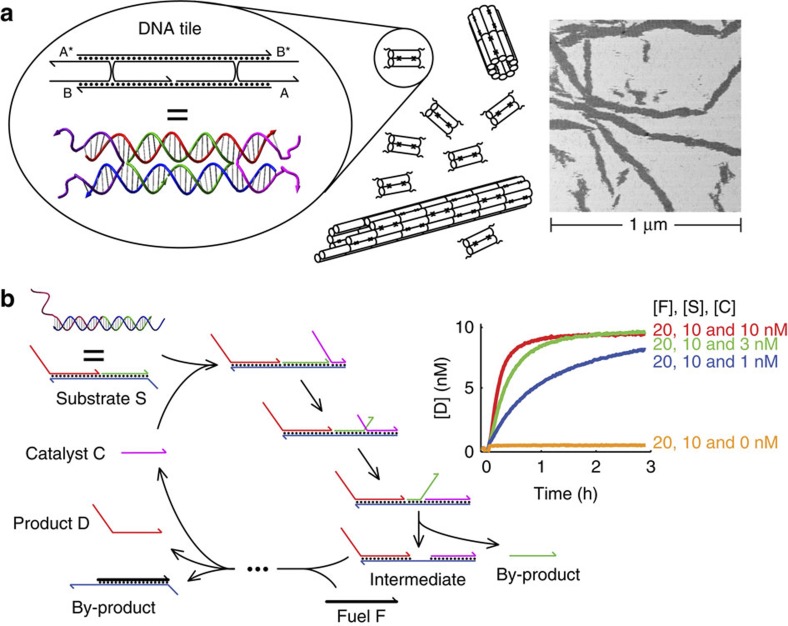Figure 1. Structural and dynamic DNA nanotechnology.
(a) Double-crossover DNA complexes (tiles) self-assemble into DNA nanotubes. Each tile possesses four single-stranded regions, known as ‘sticky ends’, each 5 nt long. Here, they are labeled A, A*, B and B*, with A being complementary to A* and B being complementary to B*. Owing to the intrinsic curvature at the positions where different tiles join, the tiles self-assemble into a one-dimensional DNA nanotube18,40. The nanotubes are typically observed to be between five to seven tiles wide (five-tile wide nanotubes are shown). Inset shows an atomic force microscopy (AFM) image of DNA nanotubes formed through a thermal annealing process; tubes break open upon adsorption to the mica surface. (b) A DNA catalyst expedites the release of multiple identical product oligonucleotides from a multi-stranded reactant complex. Inset shows a 25 °C fluorescence assay of the kinetics of product release at three different substrate-to-catalyst ratios, using a fluorescent reporter that stoichiometrically reacts with the product D (see Supplementary Fig. S3 for more details).

